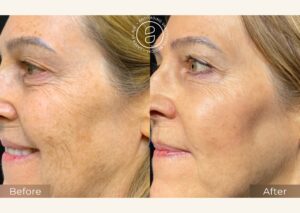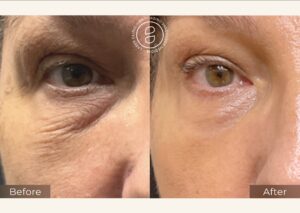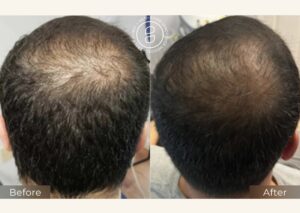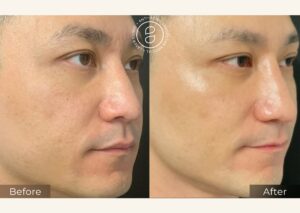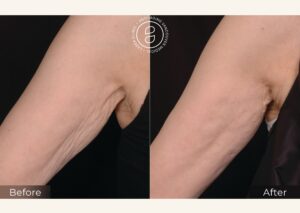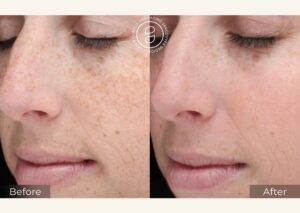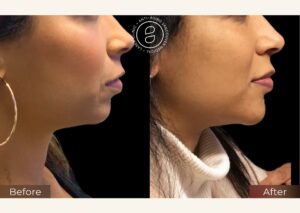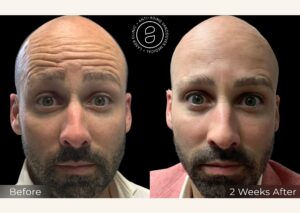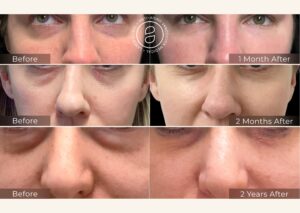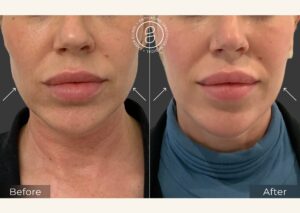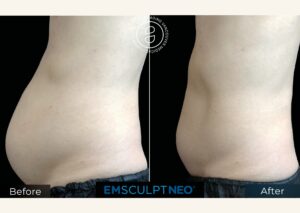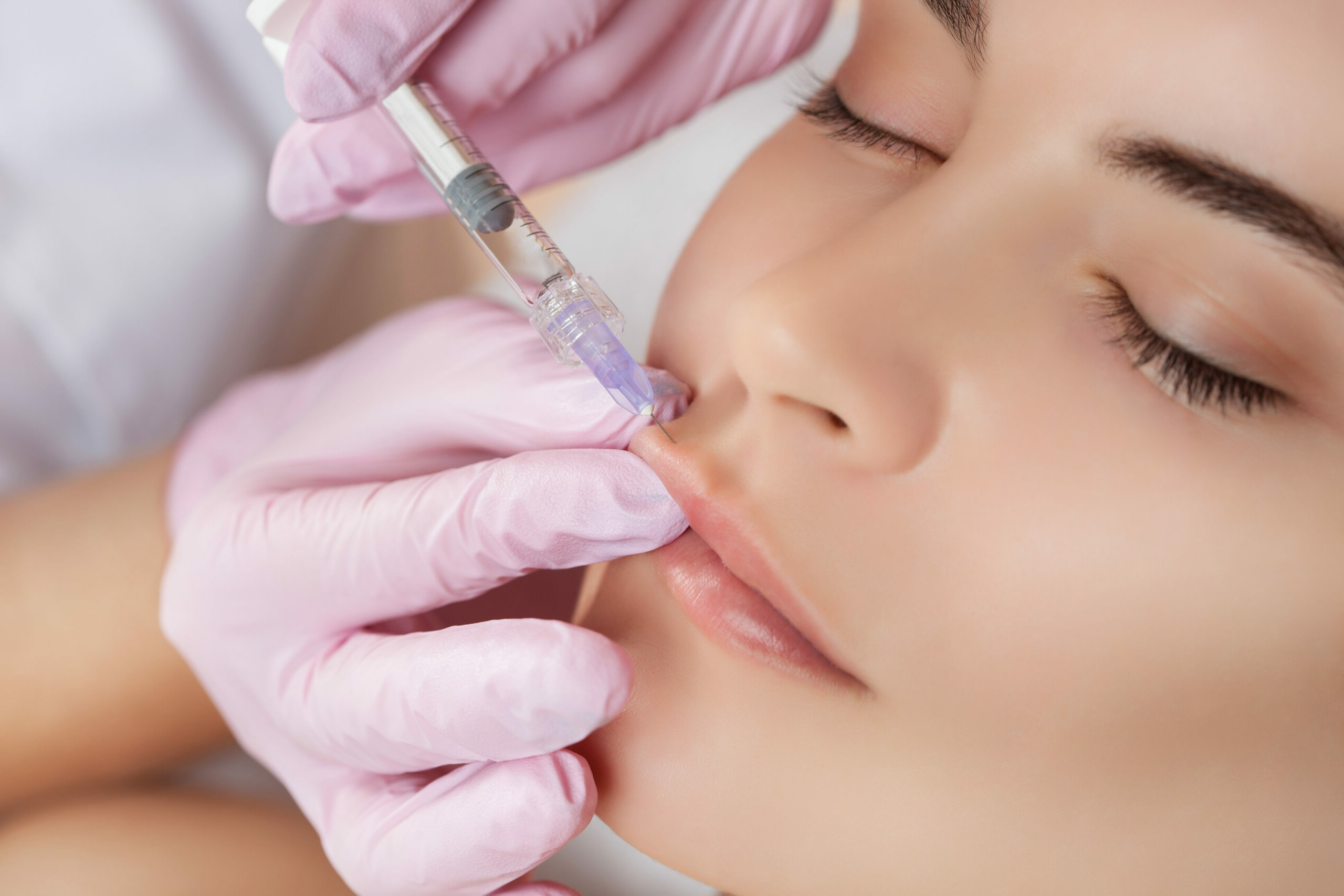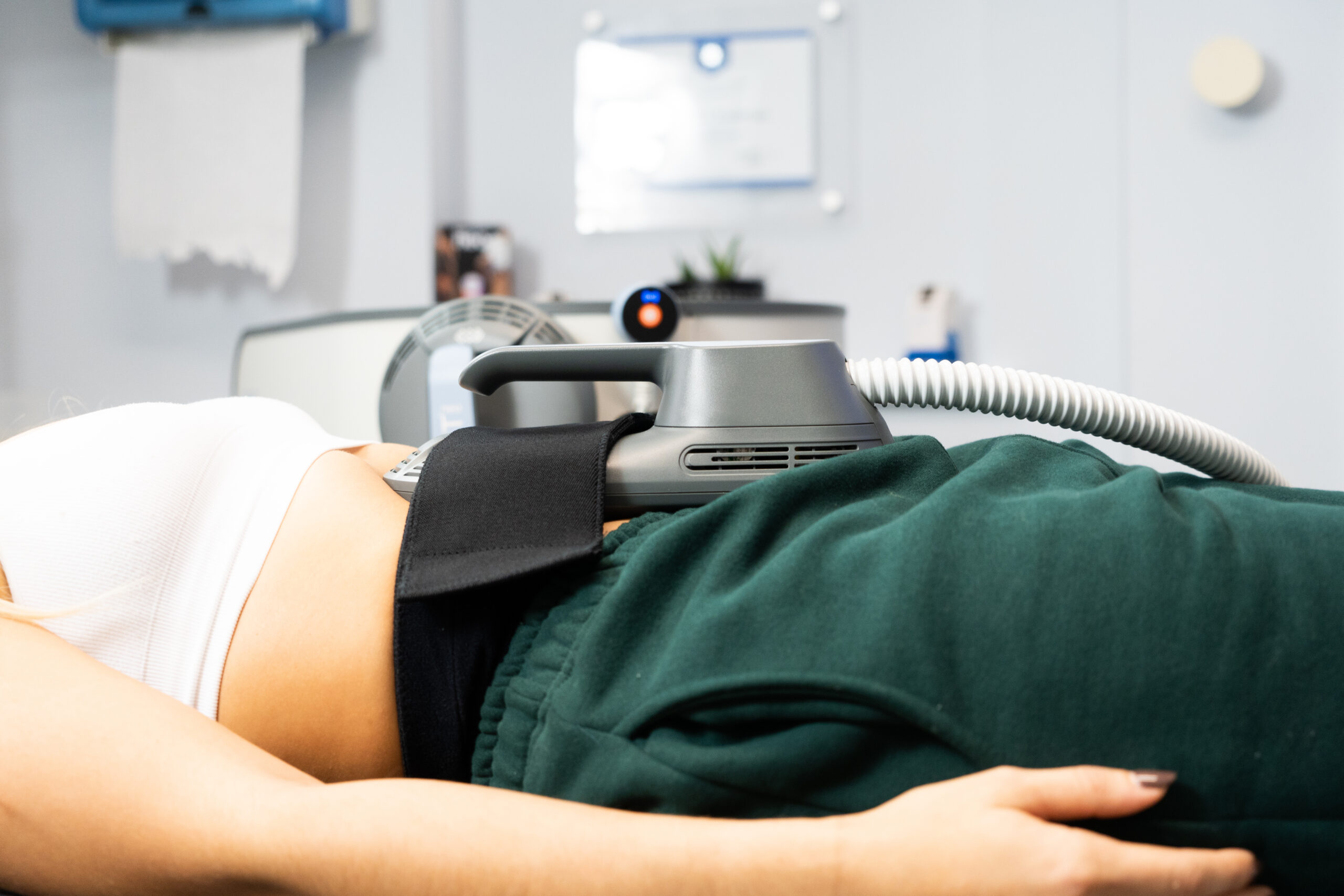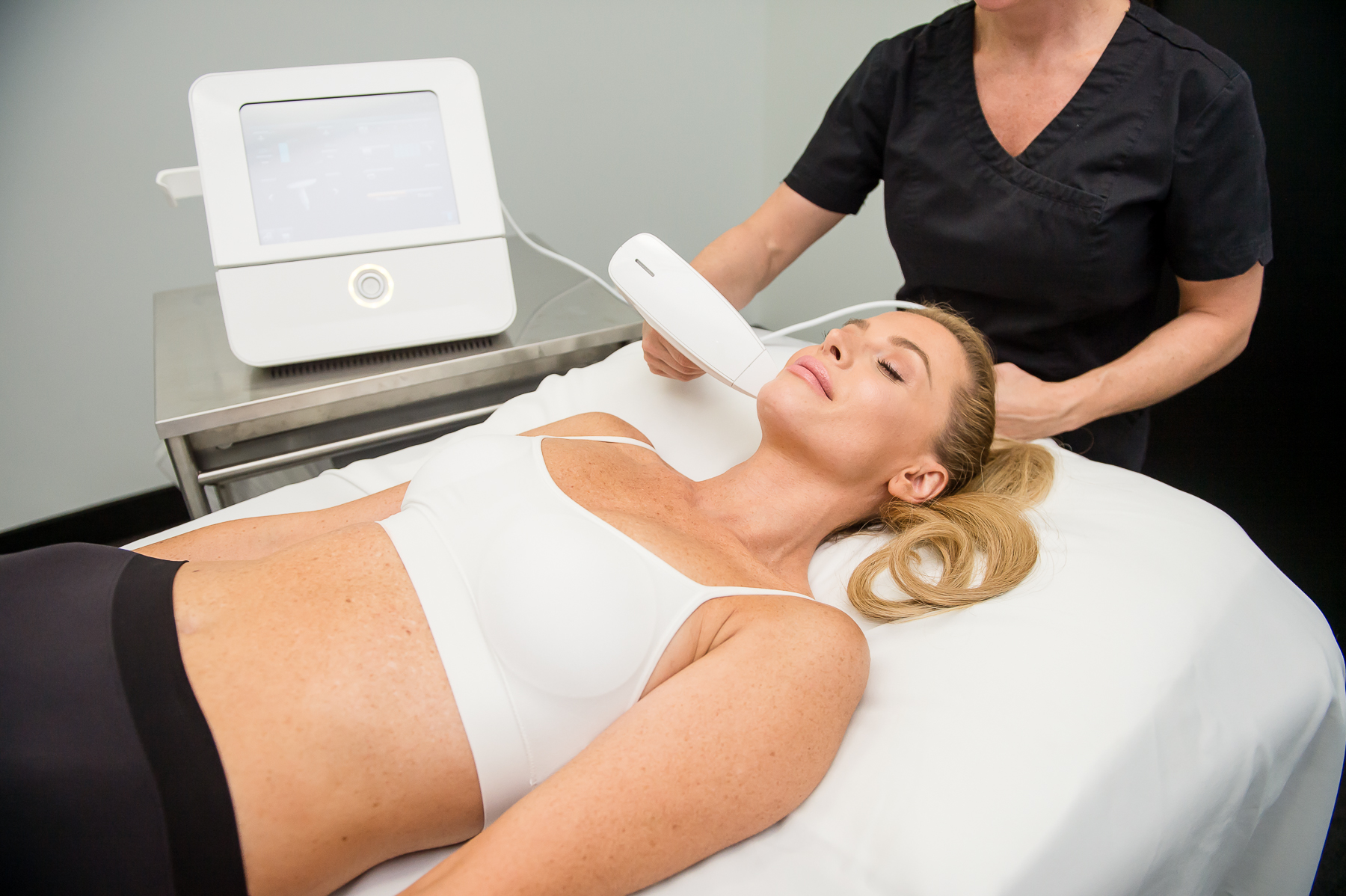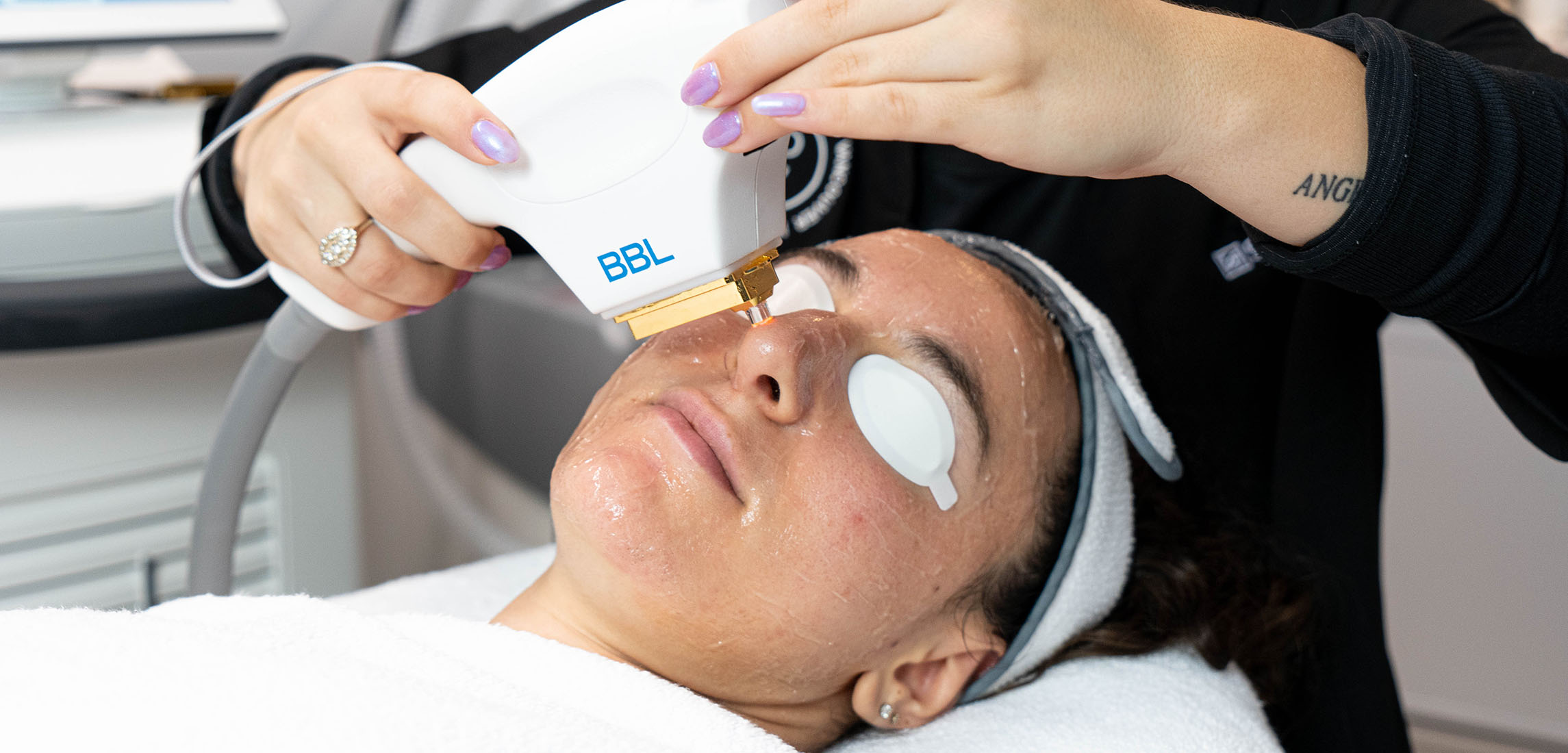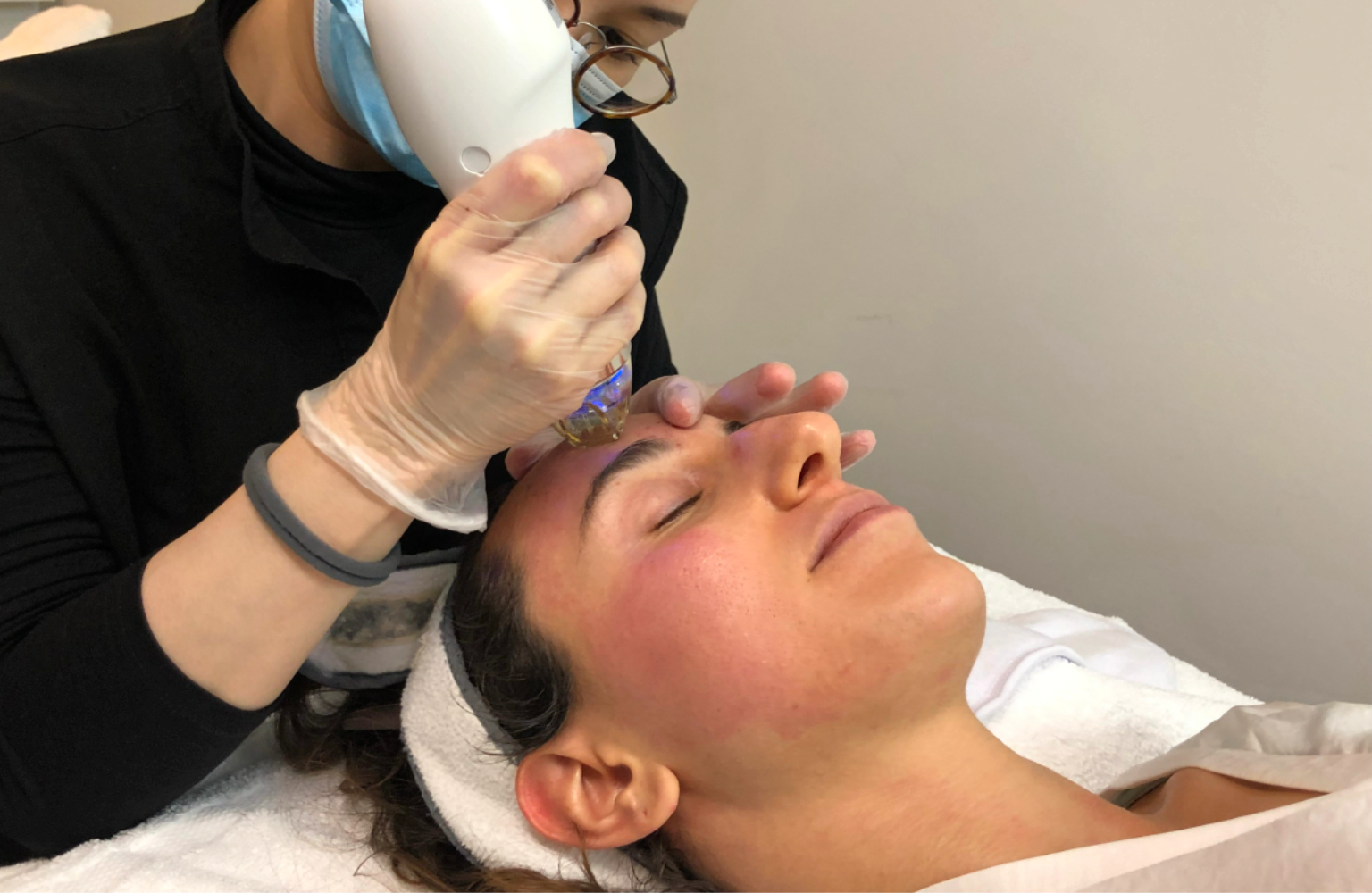Peyronie’s Disease: Exploring the Latest Advances in Treatments
Peyronie’s Disease can be a challenging condition to understand and diagnose, but we’re here to shed light on the subject.
Peyronie’s Disease (PD) is a medical condition characterized by the development of fibrous scar tissue, or plaque, within the penis. This can lead to a curvature, indentation, or shortening of the penis during an erection, resulting in pain, erectile dysfunction, and emotional distress.
It’s important to know that Peyronie’s Disease is more common than you might think, with estimates suggesting that around 1 in 10 men may experience it at some point in their lives.
Significant advancements have been made in this area, offering hope for those seeking effective treatments for this disease. Shockwave therapy, Platelet-Rich Plasma (PRP), and Botox have all captured the attention of researchers and medical professionals for their potential in treating Peyronie’s Disease. We’ll take a closer look at each of these treatments and explore the studies that support their effectiveness.
Identifying Peyronie’s Disease:
Understanding the symptoms is crucial for early identification and seeking appropriate medical attention. Peyronie’s disease varies in severity, ranging from mild to moderate or severe. It can manifest suddenly or develop gradually over several weeks or months.
These symptoms include:
- Penile curvature or bending during erection
- Pain or discomfort during erection
- Erectile dysfunction or difficulty in maintaining an erection
- Palpable lump or plaque formation within the penile tissue
- Shortening of the penis
- Psychological and emotional stress due to sexual difficulties
How To Diagnose Peyronie’s Disease
- Physical Examination: A urologist will assess the penis for curvature, plaques, and any abnormalities.
- Medical History: Detailed discussions about symptoms and sexual history will help in identifying the condition.
- Imaging: Ultrasound or Magnetic Resonance Imaging (MRI) can be used to visualize the plaque and assess its severity.
- Erectile Function Tests: Additional tests may be conducted to evaluate erectile function and measure penile curvature.
The extent of penile curvature in Peyronie’s disease can be assessed using the Kelami system, which categorizes it into three grades. Grade 1 indicates a curvature of 30 degrees or less, grade 2 corresponds to a curvature of 30 to 60 degrees, and grade 3 denotes a curvature exceeding 60 degrees. This classification allows for a clear understanding of the severity of the condition based on the degree of curvature observed.
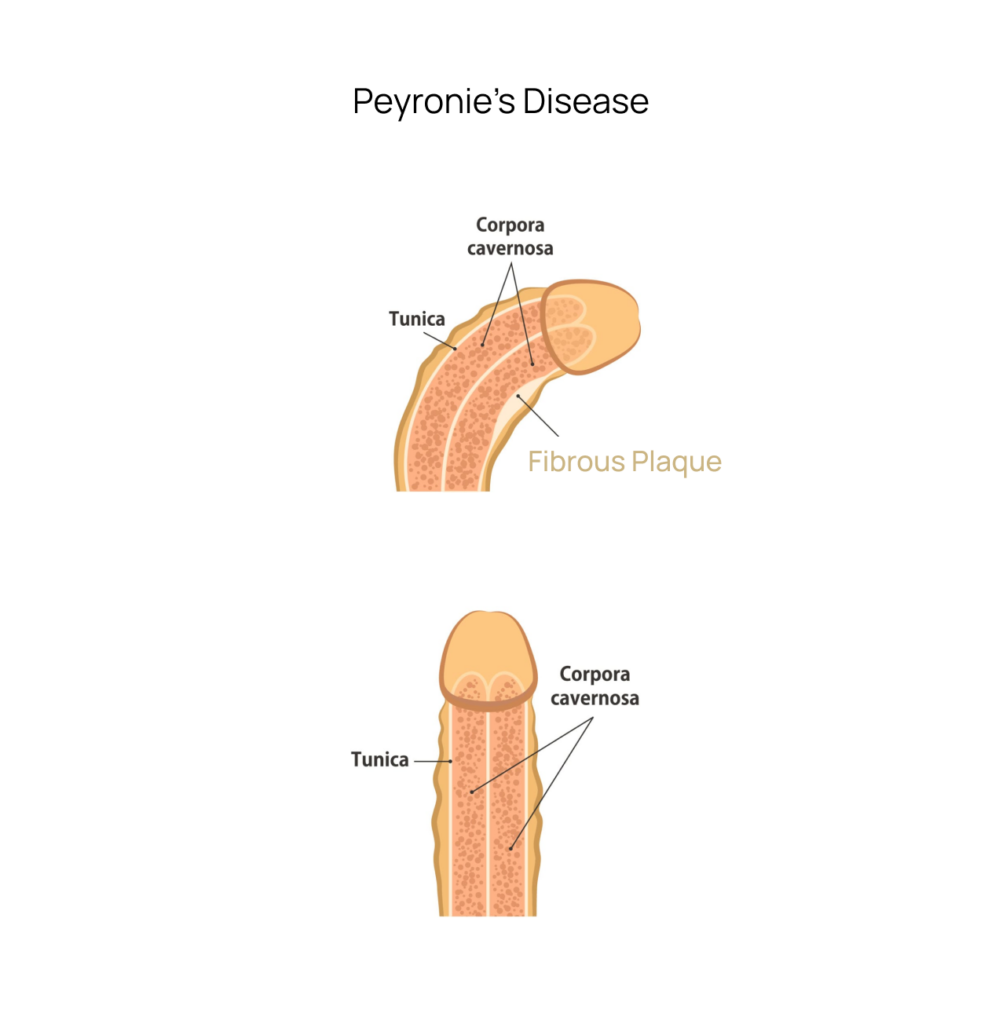
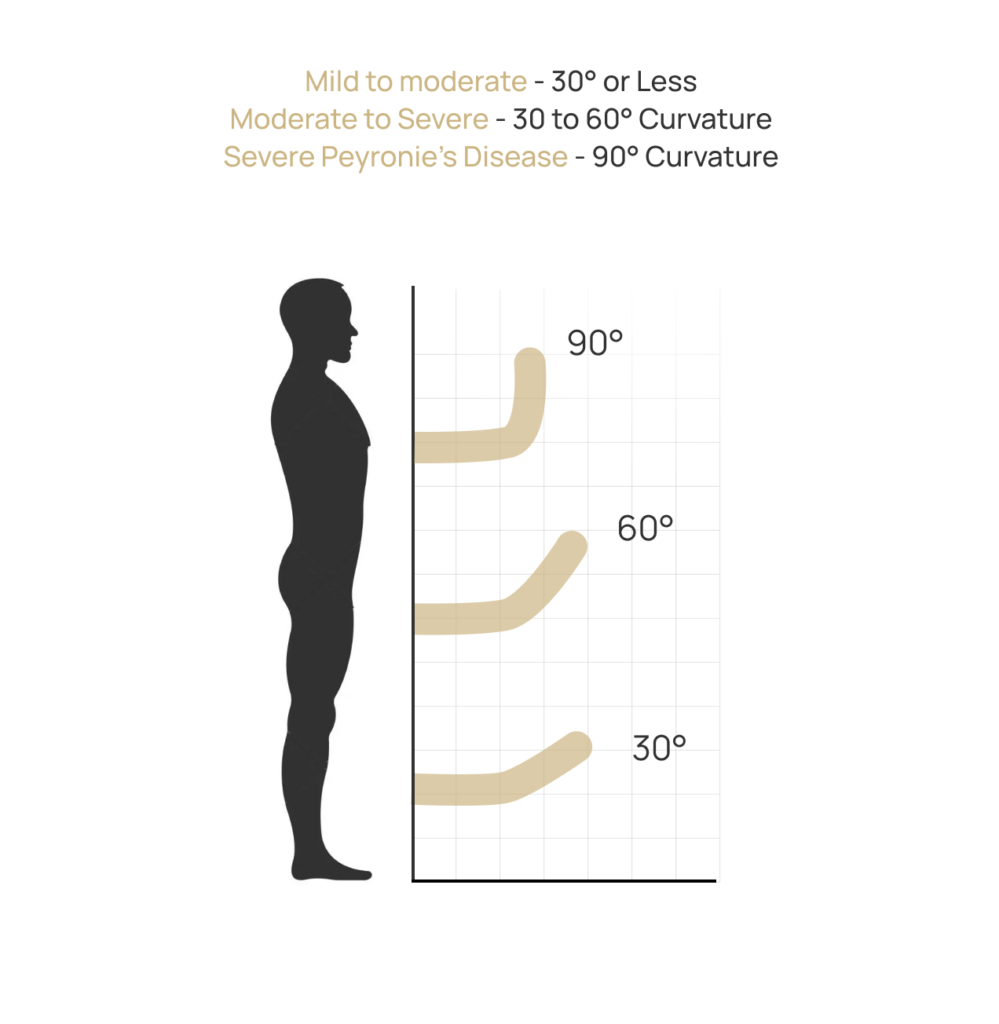
Recent Studies on Shockwave Therapy:
Shockwave therapy, also known as Low-Intensity Extracorporeal Shockwave Therapy (LI-ESWT), is a non-invasive treatment that involves using acoustic waves to promote tissue healing and reduce plaque in Peyronie’s Disease. Several recent studies have shown promising results in treating PD with shockwave therapy:
Study 1: A 2021 randomized clinical trial published in The Journal of Sexual Medicine demonstrated that shockwave therapy significantly improved penile curvature and erectile function in men with Peyronie’s Disease after 12 weeks of treatment.
Study 2: Another study from 2022, published in the International Journal of Impotence Research, reported that shockwave therapy reduced pain and plaque size in patients with early-stage Peyronie’s Disease.
While shockwave therapy shows potential as a non-invasive treatment, further research is needed to determine the optimal treatment protocol and long-term efficacy.
Platelet-Rich Plasma (PRP) for Peyronie’s Disease:
PRP therapy involves isolating and injecting platelet-rich plasma from the patient’s blood into the affected area. PRP contains growth factors that can stimulate tissue repair and regeneration. Recent studies exploring PRP as a treatment option for Peyronie’s Disease have shown some promising results:
Study 1: A 2022 study published in the Journal of Endourology found that PRP injections reduced penile curvature and improved sexual function in patients with Peyronie’s Disease.
Study 2: Another research article from 2023, published in Urology, reported that PRP therapy improved pain and plaque size in patients with early-stage PD.
Botox for Peyronie’s Disease:
Botulinum toxin (Botox) injections have been investigated as a potential treatment for Peyronie’s Disease due to its muscle-relaxing and anti-inflammatory properties. Though research on this application is still limited, some recent studies have explored its efficacy:
Study 1: A small-scale pilot study in 2023, published in Sexual Medicine, reported that Botox injections reduced penile curvature and pain in patients with Peyronie’s Disease.
Peyronie’s Disease is a distressing condition that can have physical and psychological impacts on affected individuals. Recent studies on shockwave therapy, PRP, and Botox as treatment options show promising results, but further research is needed to establish their long-term efficacy and safety.
If you find yourself affected by Peyronie’s Disease, rest assured that you’re not alone. You can book a discreet consultation with a qualified health professional at Anti-Aging to discuss your concerns and explore potential treatment options best suited to your specific case.


